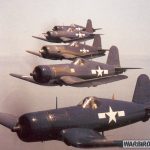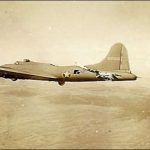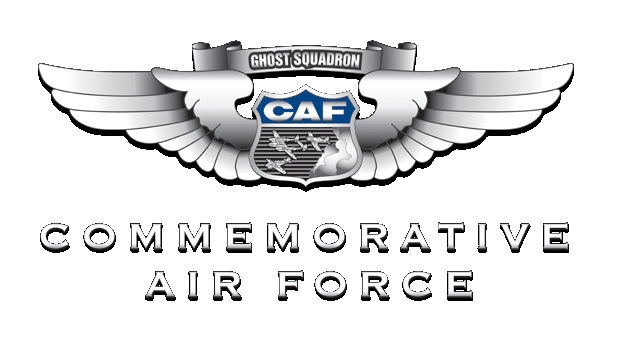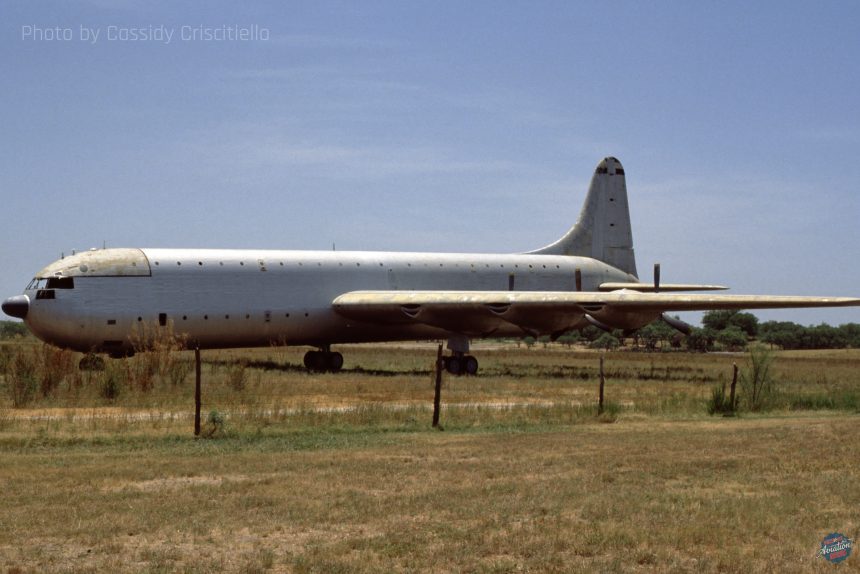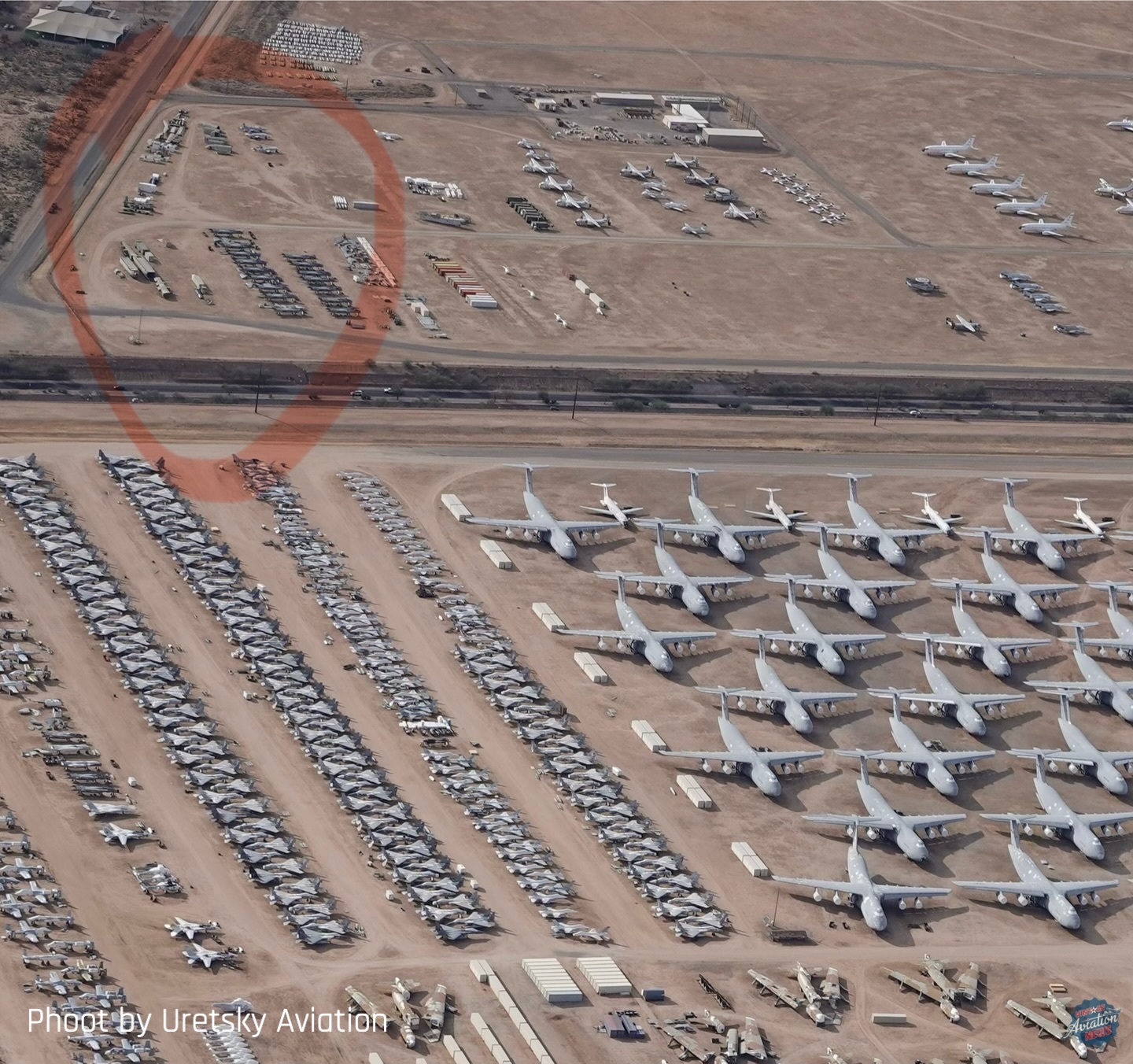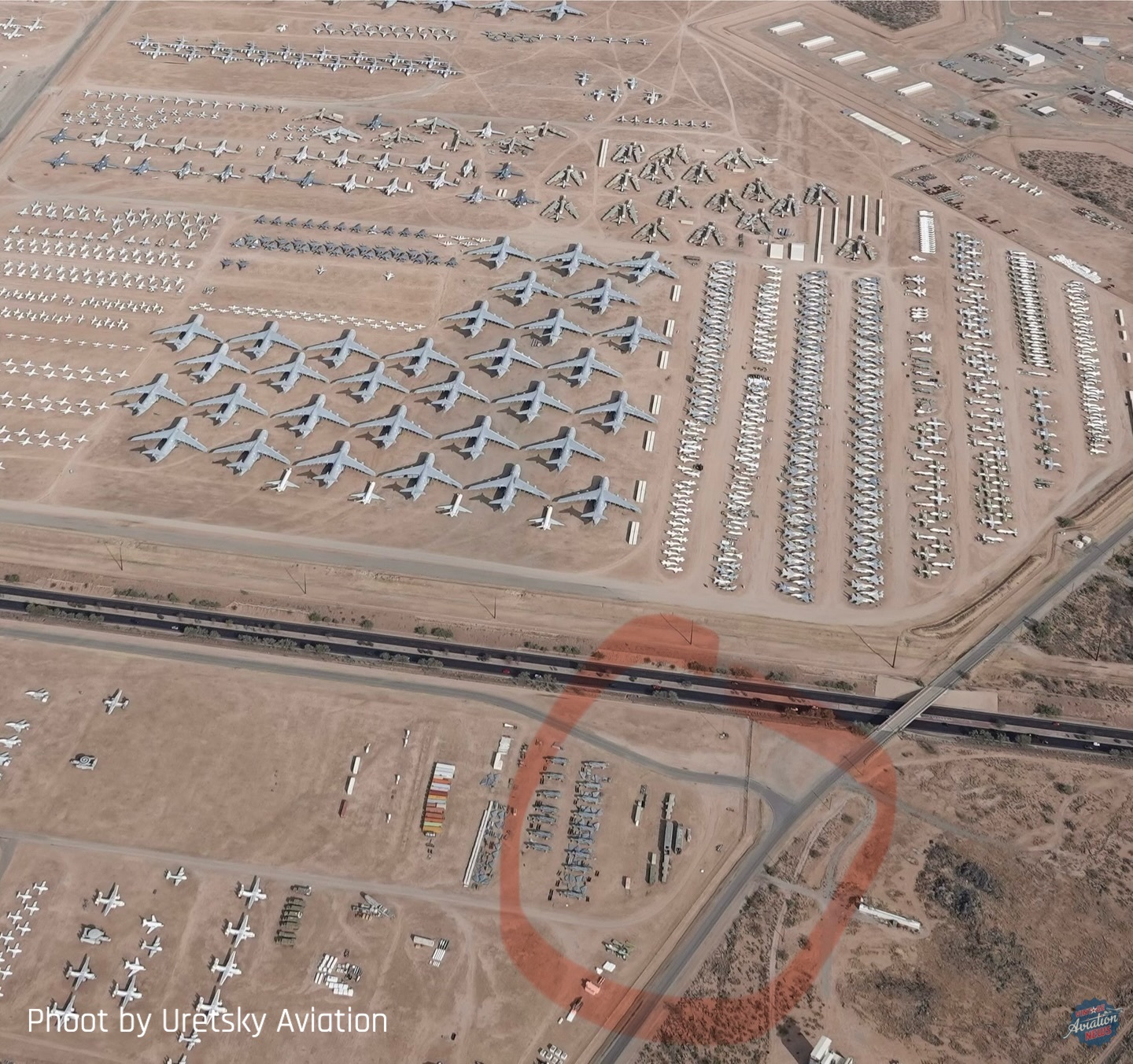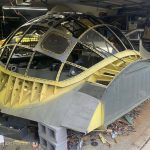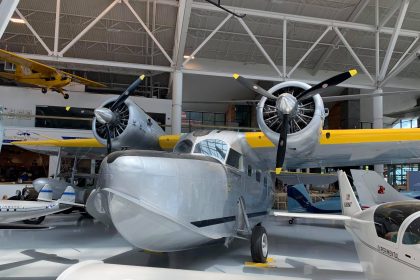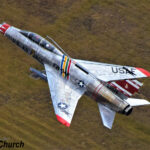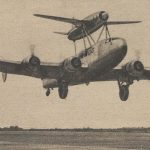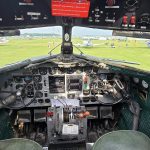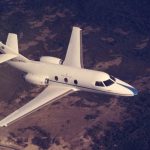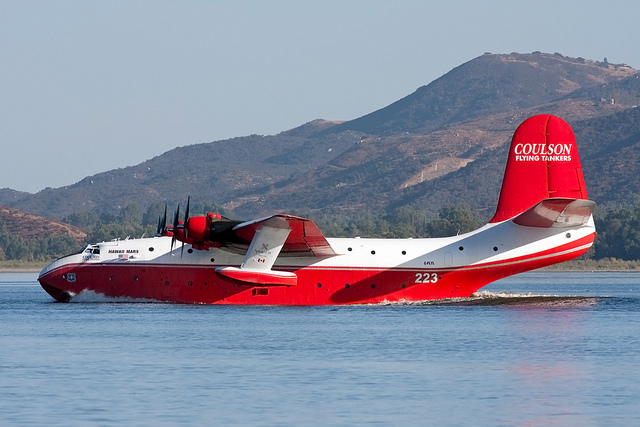Contributor Cassidy Cristello recently visited Davis-Monthan AFB and captured photographs of the Convair XC-99 stored there. In this article, he outlines the history, purpose, and significance of this obscure yet fascinating aircraft—an embodiment of pure 1950s technology. In modern aviation, military cargo aircraft adhere to well-established design principles—typically featuring high wings, T-tails, and undercarriage mounted below the fuselage. However, in 1949, these conventions were challenged by an ambitious and unconventional design from a company best known for building bombers.
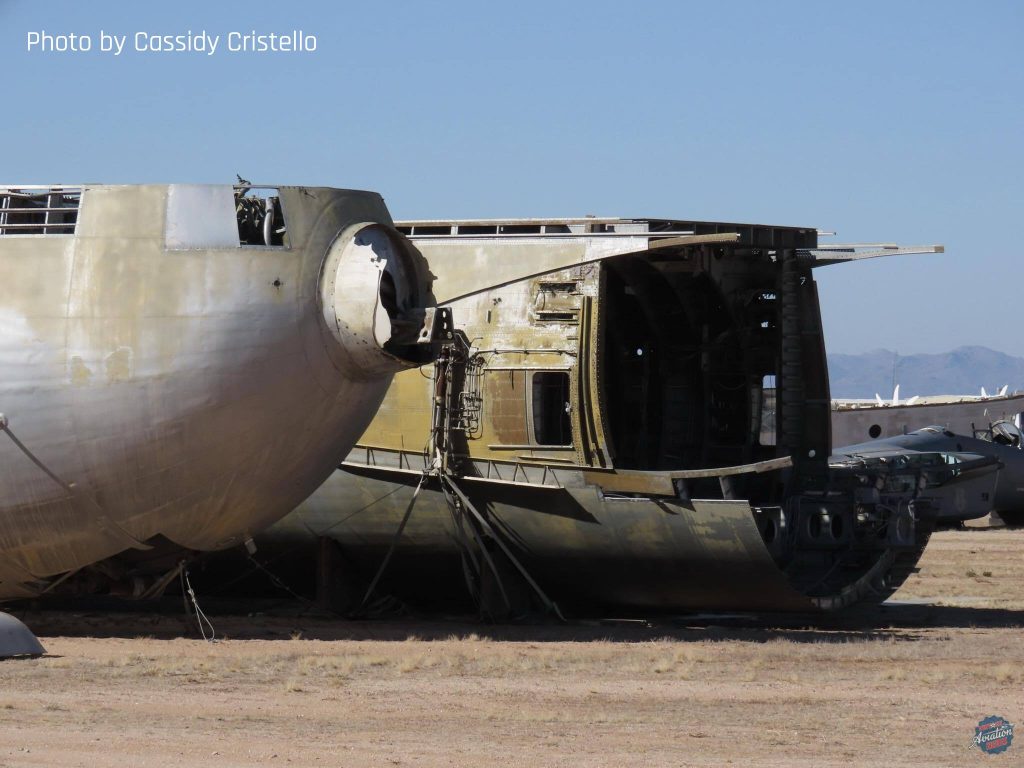
The Birth of a Giant
During the 1940s, cargo aircraft were relatively straightforward in design, usually featuring two to four engines, low wings, and straight tails. A prime example was the C-54 Skymaster, a World War II-era aircraft that proved its reliability during the Berlin Airlift and continued to serve in rugged environments for years to come. However, Convair sought to redefine the cargo aircraft concept by dramatically scaling it up.
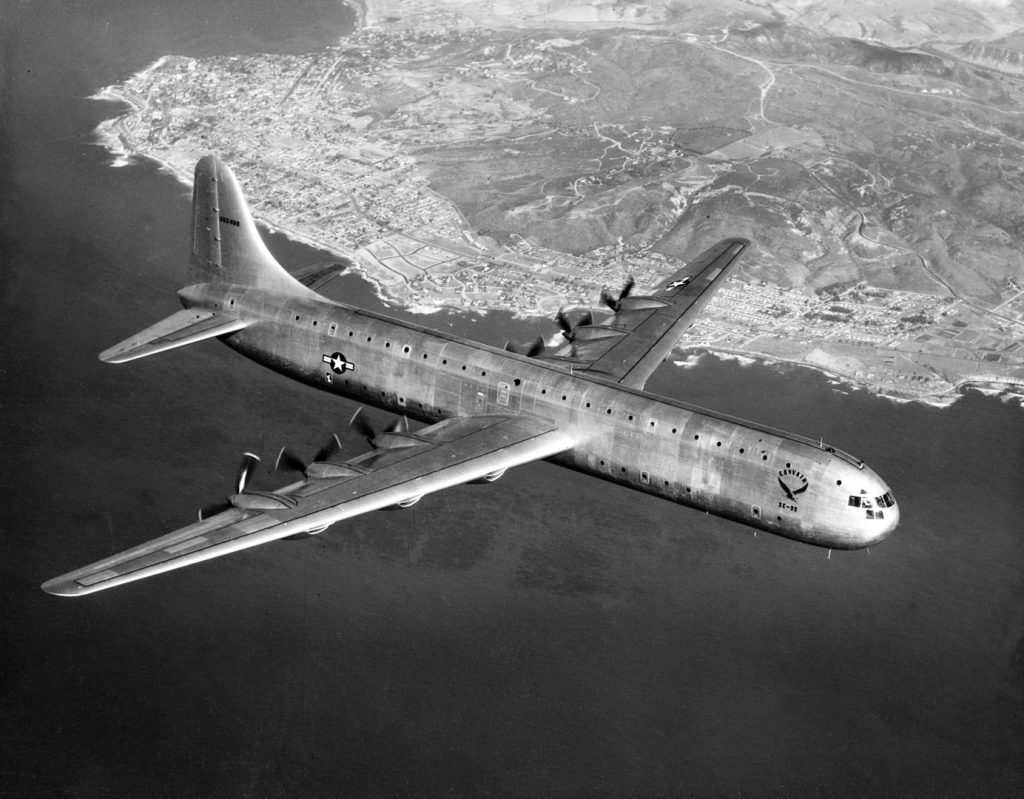
Building upon its recently awarded contract for the massive B-36 bomber, Convair secured a $4.2 million contract to develop what would be the largest cargo aircraft ever conceived at the time. Initially designated as the Model 37, the aircraft was designed with a cavernous 16,000-cubic-foot cargo hold and a towering 20.5-foot fuselage. The design borrowed the wings, landing gear, and tail from the still-in-development YB-36, while featuring a unique pusher engine configuration. The Model 37 boasted unprecedented performance capabilities, with a projected speed of 290 mph and an 8,000-mile range. It could transport up to 400 troops or carry 100,000 pounds of cargo over 1,720 miles—figures that surpassed any previous airlifted. Interest in the Model 37 was not limited to the military. By 1945, Pan American World Airways had expressed interest in a passenger version, dubbed the “Super Clipper.” Designed to carry 204 passengers, an order for 25 aircraft was placed but was later canceled before production began, leaving the Super Clipper as an unrealized vision.
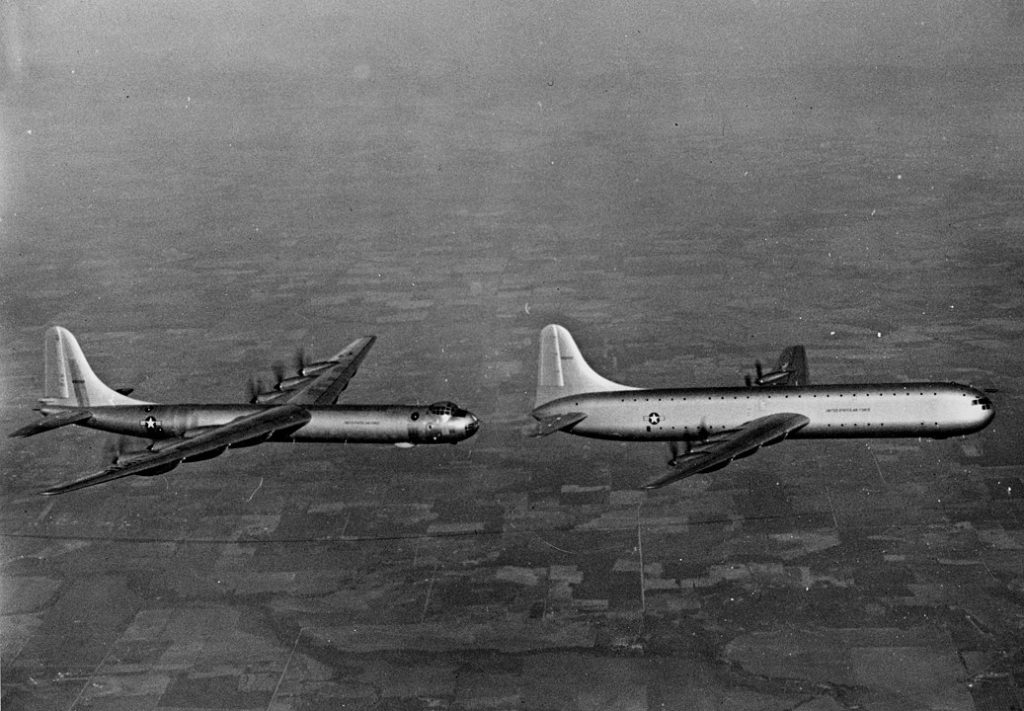
The XC-99 Takes Flight
Re-designated as the XC-99 (Experimental Cargo), the aircraft made its maiden flight on November 24, 1947, just over a year after the B-36. The sole prototype, USAF serial number 43-52436, was quickly put to work transporting B-36 engines and components from Convair’s San Diego facility to Kelly Air Force Base in San Antonio, Texas, where it was based. Initially, it featured the same single-wheel landing gear as the early XB-36 but was later upgraded to the four-wheel bogie system used on production B-36s.
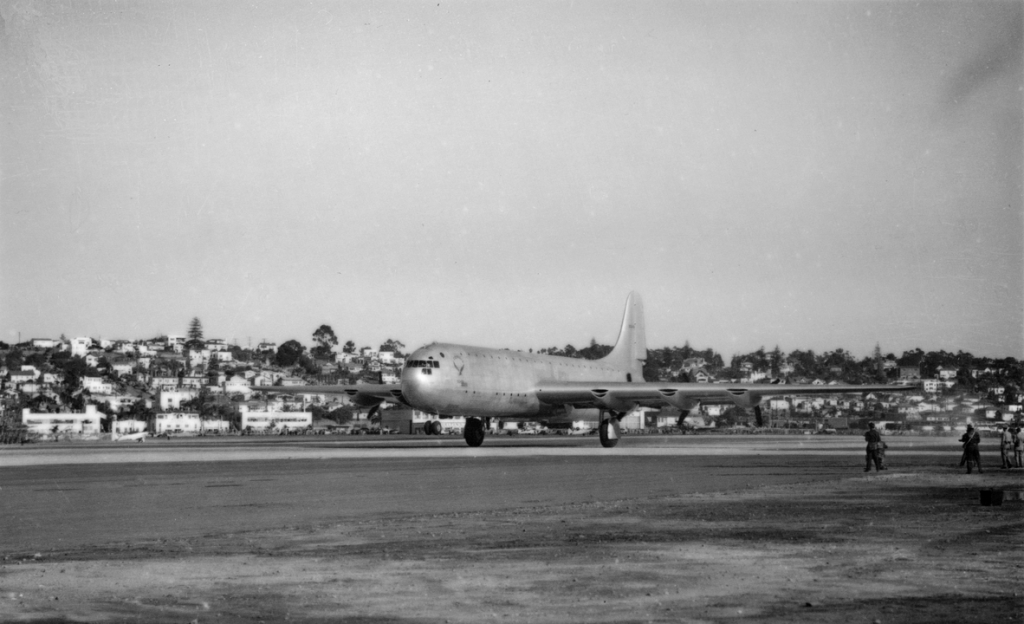
Setting Records and Proving Its Worth
Upon entering service, the XC-99 set a record for the heaviest payload ever carried by an aircraft. In the aptly named “Operation Elephant,” the aircraft transported 101,266 pounds of engines and propellers from San Diego to Kelly Field—even completing the mission with one engine inoperative, a testament to its robust design. In 1951, the XC-99 received upgraded R-4360 engines—the most powerful piston engines ever built—along with other refinements. Special loading containers reduced cargo transfer times to just 30 minutes, and a pulley system was installed to streamline loading operations further.
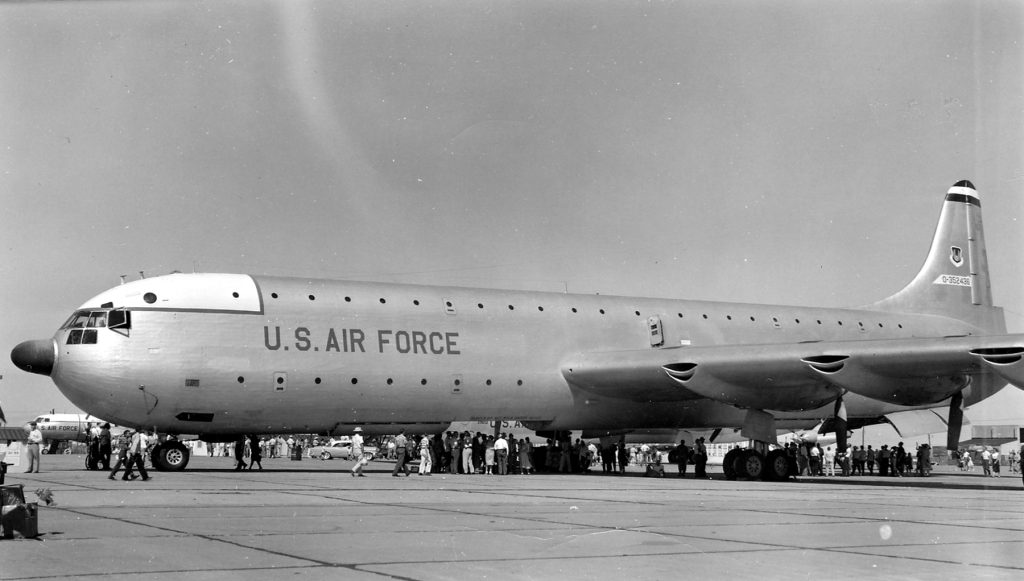
One of the XC-99’s most impressive feats occurred in August 1953 when it set a distance record of 12,000 miles, flying from Kelly Field to Rhein-Main Air Base in Germany with fuel stops in Bermuda and the Azores. Carrying 60,000 pounds of cargo, this mission underscored the aircraft’s strategic airlift potential.
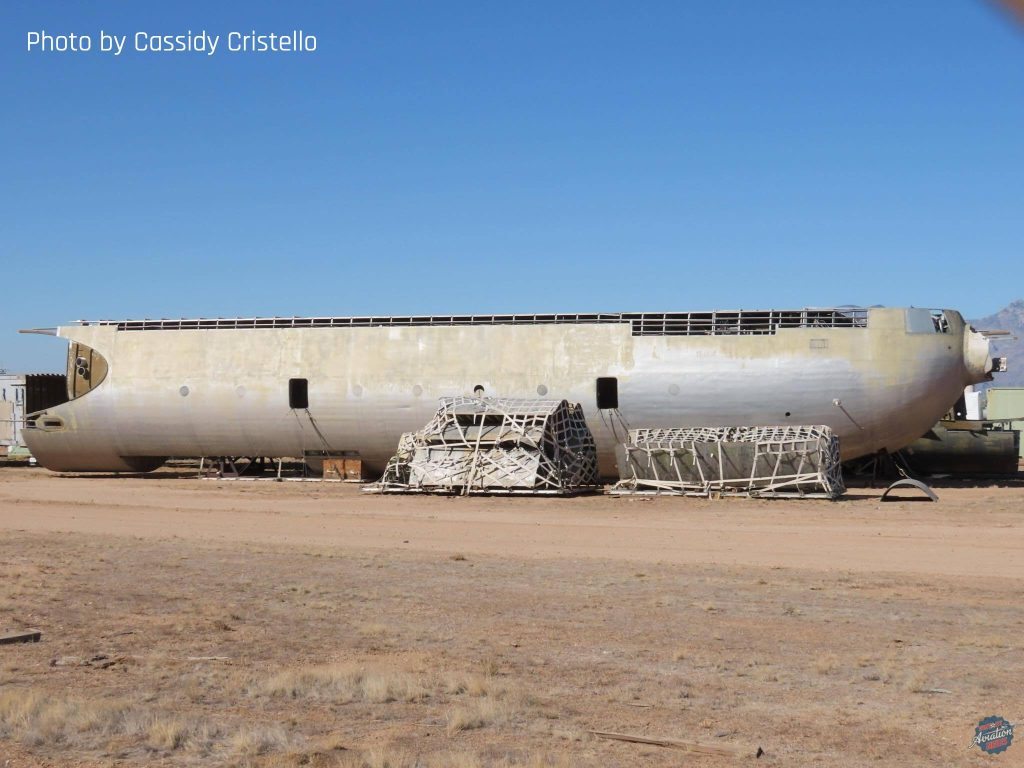
The End of the Line
Despite its remarkable capabilities, the XC-99 never entered mass production. By the mid-1950s, the USAF determined that a fleet of oversized cargo aircraft was unnecessary. The introduction of the Douglas C-124 Globemaster II in 1950 and the C-133 Cargomaster in 1957 rendered the XC-99 obsolete. Structural fatigue in its wings and fuselage bulkheads further contributed to its retirement in 1957.

Following decommissioning, the XC-99 was displayed in San Antonio, but exposure to the humid climate led to significant deterioration of its magnesium structure. Adding to its unusual post-service history, the USAF inadvertently left the aircraft on private property, where the owner charged visitors a dollar for tours. The Air Force attempted to reclaim control, but a court ruled in the owner’s favor.
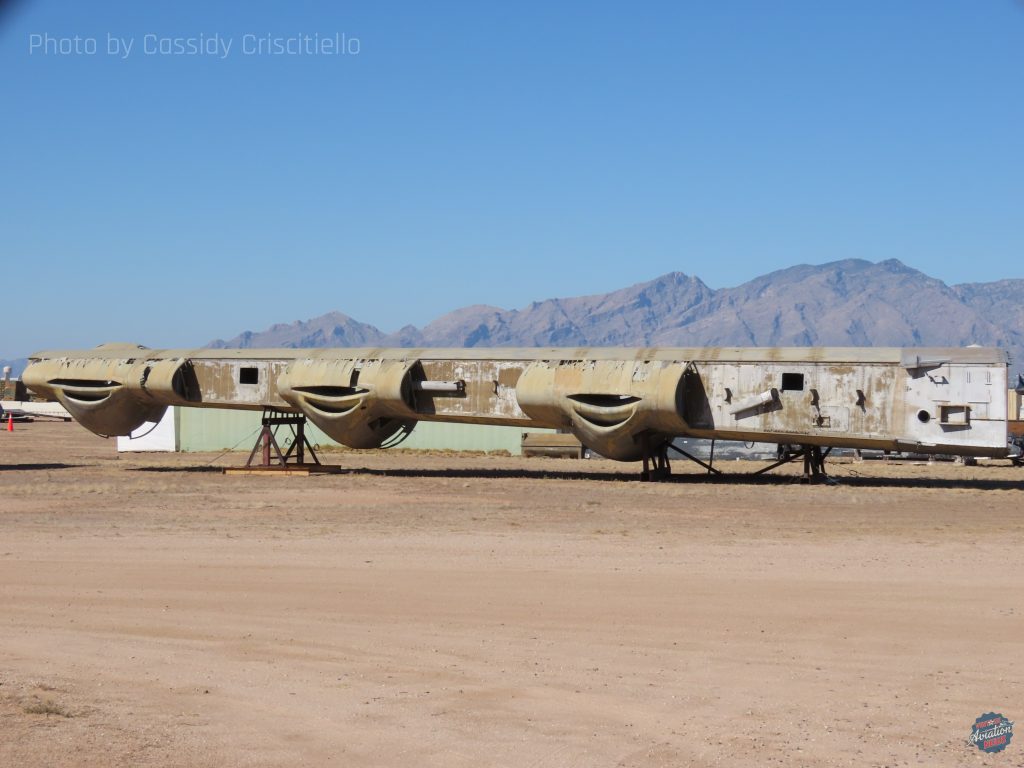
Preservation Efforts and an Uncertain Future
With the closure of Kelly AFB under the Base Realignment and Closure (BRAC) process, the XC-99’s future became uncertain. In 2004, it was disassembled and transferred to the National Museum of the United States Air Force (NMUSAF). However, upon inspection, restoration costs were deemed prohibitively high, with estimates in the millions due to extensive corrosion and the need for a completely new wing.
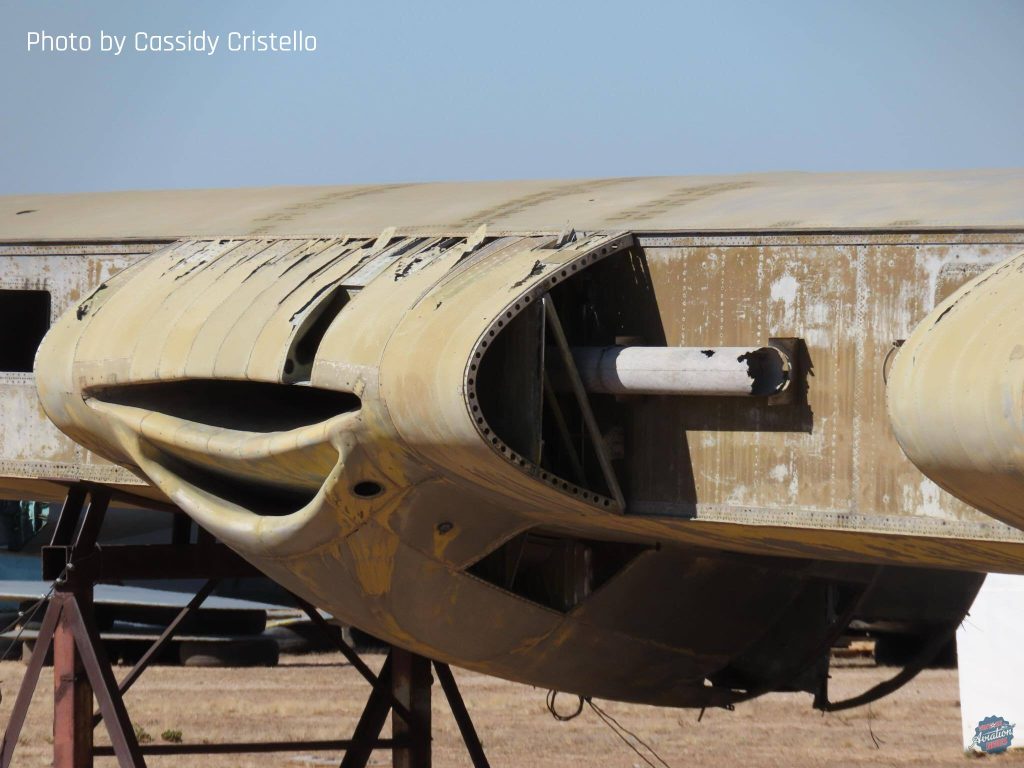
To prevent further decay, the XC-99 was transported—ironically aboard its spiritual successor, the C-5 Galaxy—to the 309th Aerospace Maintenance and Regeneration Group (AMARG) at Davis-Monthan AFB, commonly known as the “boneyard.” Unlike other aircraft stored there, the XC-99 has been preserved with the hope of eventual restoration. It awaits potential funding for a return to the NMUSAF or, if transportation proves too challenging, a permanent home at the nearby Pima Air & Space Museum, where it would join a B-36J on display.
A Legacy in Aviation History
As of March 2025, the XC-99 remains an extraordinary yet largely forgotten piece of aviation history. While more efficient and capable airlifters have since taken its place, the aircraft stands as a testament to mid-20th-century innovation and the relentless pursuit of progress in military aviation. Whether or not it will be restored, the XC-99’s influence on the development of modern airlift capabilities is undeniable.





